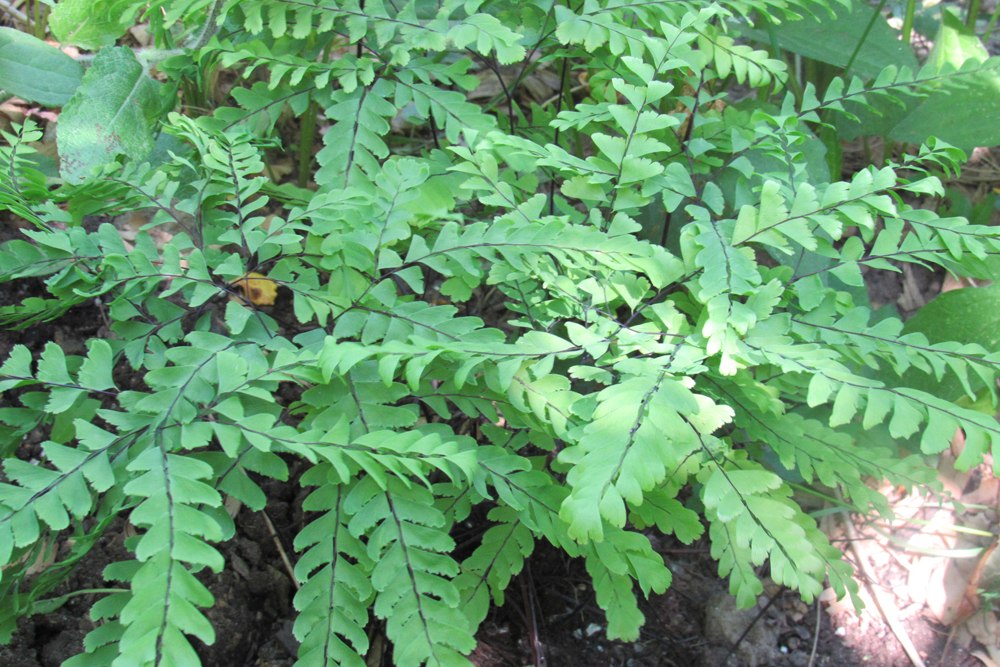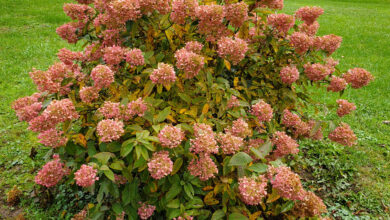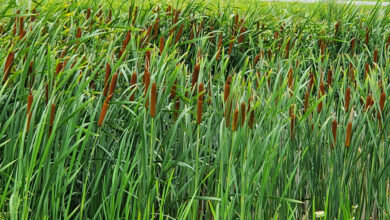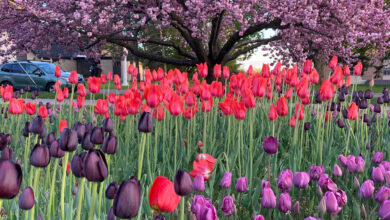Keep gardening through late summer and early fall
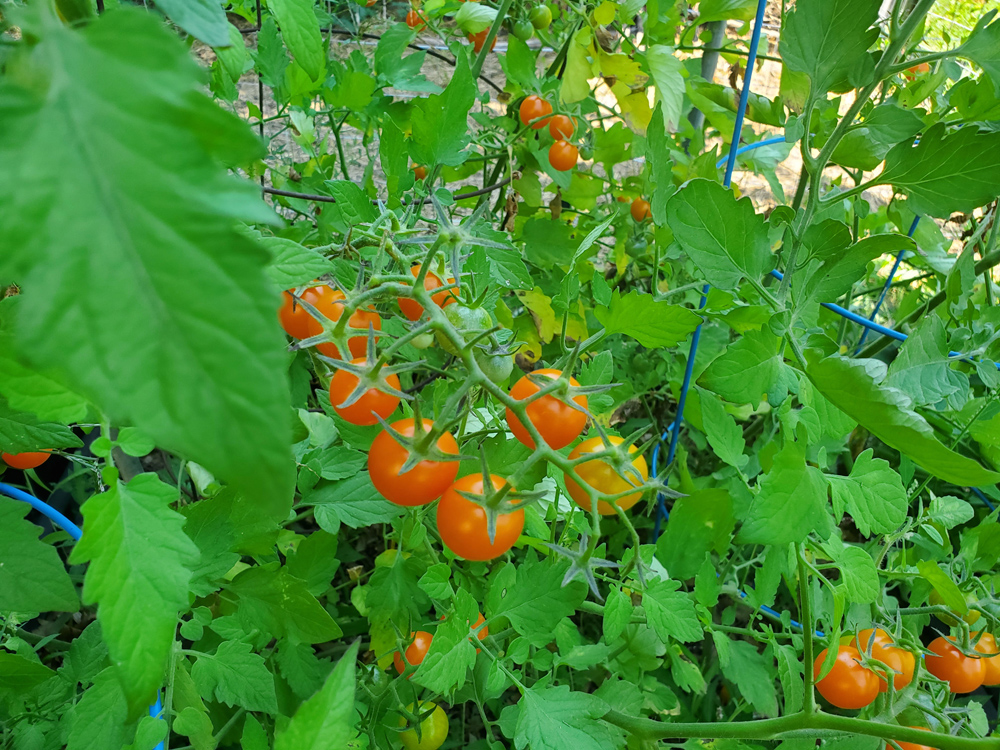
Late summer and early autumn are upon us – truly a golden time of the year. It’s a busy time for gardeners and growers as it is harvest time for many crops. This is a great time of year to keep growing vegetables and flowers and prepare for next year’s growing season.
As long as they are healthy and producing, keep your vegetables, cut flowers, and herbs in place until after the first frost. Annuals and plant debris can be removed after they have been killed by the cold. If you see signs of disease or if a crop has been completely harvested, then remove spent plant material, disposing of diseased plants in the garbage. If plant material is healthy at the time of removal or frost, you can place it with your compost. Perennials that provide habitat and food for wildlife and offer interest in the garden throughout the winter can be left in place and not cut back. Goldfinches stay north all winter and love the seed heads of coneflowers. Stubs and ground covers also provide protection for birds. Beneficial insects find shelter from predators in the cover of overwintering perennials.
As you finish harvesting your garden vegetable crops, you might want to consider a cover crop, especially for garden areas that are finished earlier in the season. Cover crops act as a living mulch that protects your garden soil from erosion, compaction, and weeds. Penn State Extension notes that cover crops retain nutrients in the soil, and some provide pest and disease control. Sow cover crops before the end of September; if you need to wait until October, try winter rye. Penn State says winter rye, barley, oats, and winter wheat add organic material and improve soil structure. Alfalfa, crimson clover, and hairy vetch are legumes that help fix nitrogen in the soil. Leave the cover crops until spring. When you are ready to plant vegetables, cut, mow or pull your cover crop and incorporate it into the soil where the plants will act as a ‘green manure.’
Another use for empty vegetable garden space is heeling in plants in nursery pots that you have not had time to properly plant in their permanent location. Dig holes and heel the plants in. Give them extra protection from harsh winds and cold with extra mulch – such as three to five inches of straw – and burlap windbreaks or enclosures. If you have evergreens, especially broadleaf evergreens, spray the leaves with an anti-desiccant. This prevents moisture loss in cold weather. When the ground is frozen, evergreens cannot replace the moisture lost through their leaves and can die.
Save those leaves – they can be shredded up with a lawn mower and placed in the garden or added to the compost pile. Leaves are brown material that is vitally important for healthy compost and often in short supply.
If you have time, don’t stop planting. Fall is great for planting container-grown plants and spring flowering bulbs. Mulch shrubs and perennials well to protect them from heaving out of the ground during the freezes and thaws of winter. Garlic is planted in October because it needs a period of cold to induce bulbing. Garlic likes a soil pH between 6.2 and 7.0. Space cloves four to six inches apart and three to four inches deep with the root side down. Give them a thick cover of straw or other mulch.
Continue to weed. Crops that you continue to harvest will benefit from the lack of competition for sunlight, water, and nutrients as the days grow shorter and cooler. Additionally, weeds left in the garden will go to seed and leave you with hundreds of new weed plants next year.



